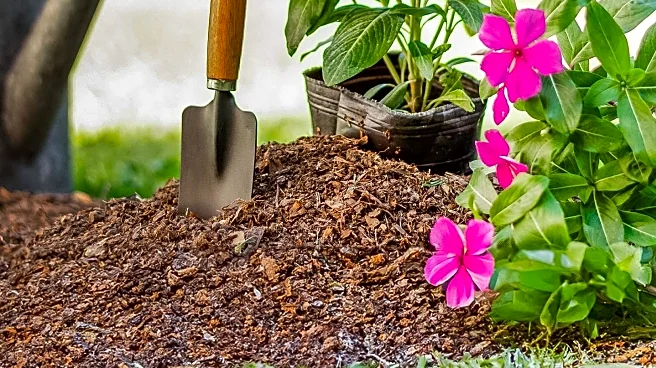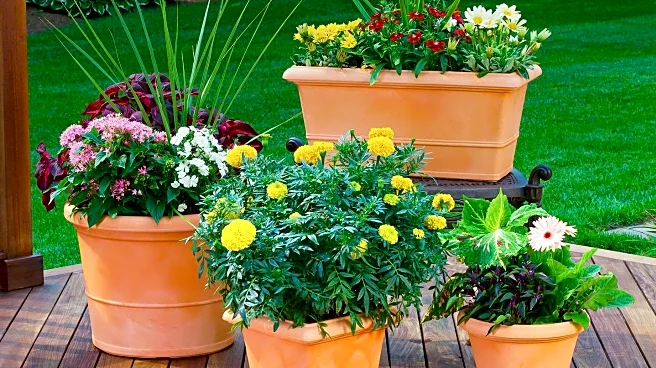What's Happening?
Gardening experts are advising on the optimal timing and methods for pruning phlox plants to prevent powdery mildew and promote healthier blooms. Creeping phlox, which blooms in spring, should be pruned immediately after flowering, while tall phlox, which blooms later in the season, should be pruned in the fall after frost has killed the plants. This fall pruning is crucial for preventing the spread of powdery mildew, a common issue with tall phlox. Regular deadheading and light trimming throughout the growing season can also encourage bushier growth and extend blooming periods. The advice includes disinfecting pruning shears before use and removing any diseased plant material to prevent further spread of mildew.
Why It's Important?
Proper pruning of phlox is significant for gardeners aiming to maintain healthy and aesthetically pleasing gardens. Powdery mildew can severely affect the health and appearance of phlox plants, leading to reduced blooms and unsightly foliage. By following expert pruning advice, gardeners can mitigate these issues, ensuring robust plant growth and vibrant flowering. This practice not only enhances the visual appeal of gardens but also contributes to the overall health of the garden ecosystem by reducing the spread of plant diseases. Gardeners who implement these strategies stand to benefit from more resilient and attractive plants.
What's Next?
Gardeners are encouraged to incorporate these pruning techniques into their regular garden maintenance routines. As the fall season approaches, those with tall phlox should prepare to prune their plants after the first frost. Additionally, gardeners should consider using preventative measures such as milk or baking soda sprays in the spring to further protect against mildew. These steps will help ensure that phlox plants return stronger and healthier in the following growing season.
Beyond the Headlines
The advice on phlox pruning highlights broader gardening practices that emphasize disease prevention and plant health. This approach reflects a growing trend among gardeners to adopt more sustainable and proactive plant care techniques. By focusing on disease prevention and proper plant maintenance, gardeners can reduce the need for chemical treatments, promoting a healthier environment.











